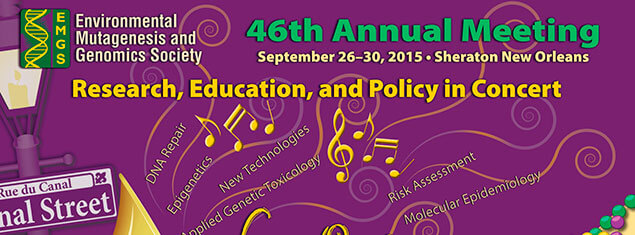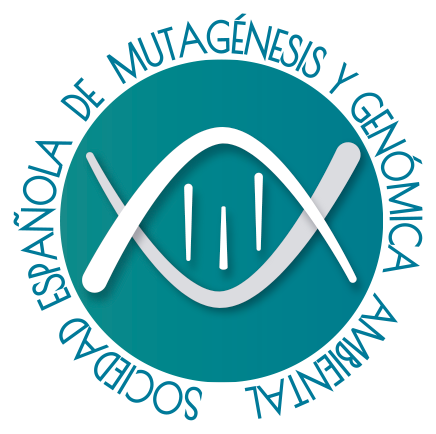Why Attend the EMGS Annual Meeting?
Environmental exposures pose a complex and constantly evolving threat to genomic integrity, putting our children and ourselves at increased risk of disease. The EMGS Annual Meeting uniquely brings together leading scientists from academia, industry, and government to discuss cutting-edge research aimed at understanding and mitigating environmental threats to the genome and to the epigenome.
Our dynamic and interactive meetings are designed to promote the Society’s mission to foster scientific research, education, and collaboration with a focus on issues pertinent to genomic stability. Emphasis areas include DNA damage, DNA repair, mutagenesis, heritable effects, and epigenetic alterations in genome function. Additionally, the EMGS aims to promote the application and communication of knowledge relevant to genetic toxicology testing, risk assessment, and regulatory policy-making to protect human health and the environment.
For decades, the EMGS Annual Meeting has been creating opportunities for new investigators to join a welcoming community comprised of scientists working in research institutions, regulatory agencies, and industry, all with a shared commitment toward public health. The Society puts a major focus on supporting the next generation of scientists through both formal and informal activities throughout the meeting.
Program Overview
The theme of the EMGS 46th Annual Meeting is “Research, Education, and Policy in Concert”, emphasizing the synergistic relationships enabled through EMGS.
Emphasis areas include:
- Molecular mechanisms of DNA repair
- Sequencing and genome editing
- Impact of DNA repair on heritable disease, cancer, neurological diseases, and other adverse outcomes
- Mechanisms of environmentally mediated heritable changes (both mutagenic and epigenetic)
- Replication fidelity
- Relationships among transcription, genetic instability, and mutagenesis
- Role of the microbiome in DNA damage and disease
- Transgenerational consequences of environmental exposures
- Cutting-edge technologies for research and risk assessment
- Risk assessment for adverse health consequences from exposures
- Regulatory advances related to air pollution
The scientific program consists of symposia, platform and poster sessions, Saturday workshops, and internationally recognized speakers. There will also be a focus on cutting-edge technologies, including a Plenary Symposium on sequencing, genome editing, and what they promise as we look ahead. In addition to the scientific program, the Annual Meeting will convene the nine Special Interest Groups (SIGs) that represent the diversity of the Society and help set the agenda for future EMGS meetings.
The program represents the full spectrum of interests and expertise of our uniquely multidisciplinary Society. The detailed program is located on the meeting agenda.
More information:
http://emgs-us.org/AM2015/index.asp


